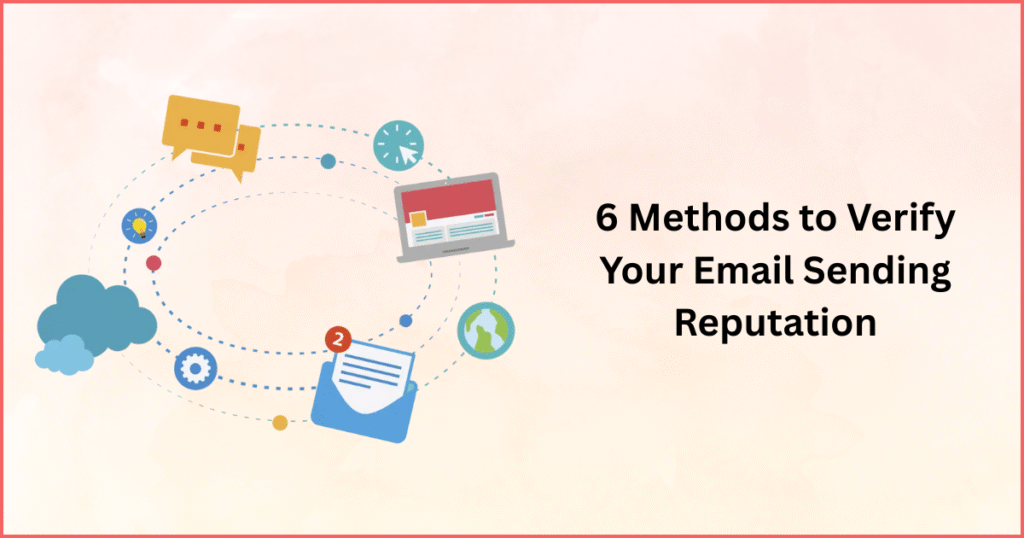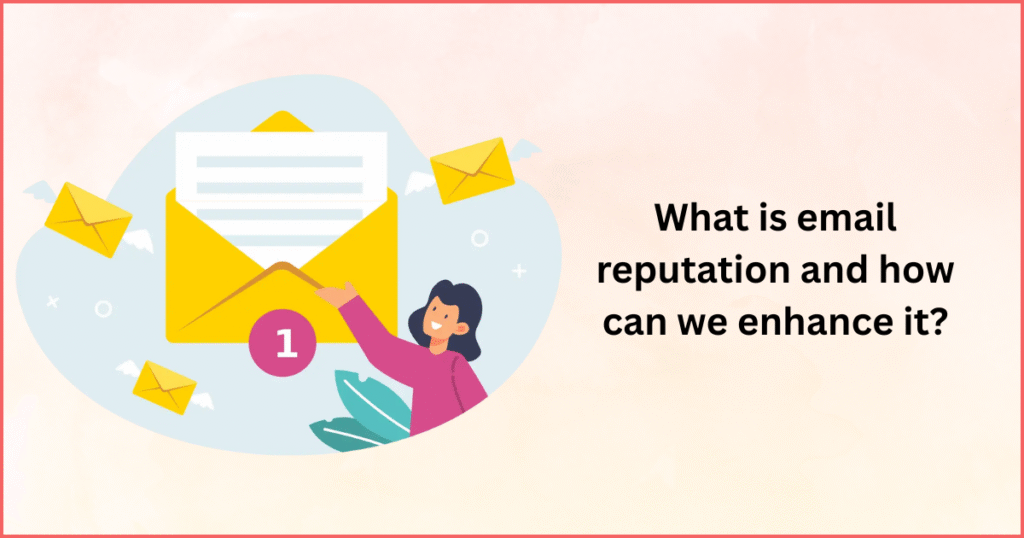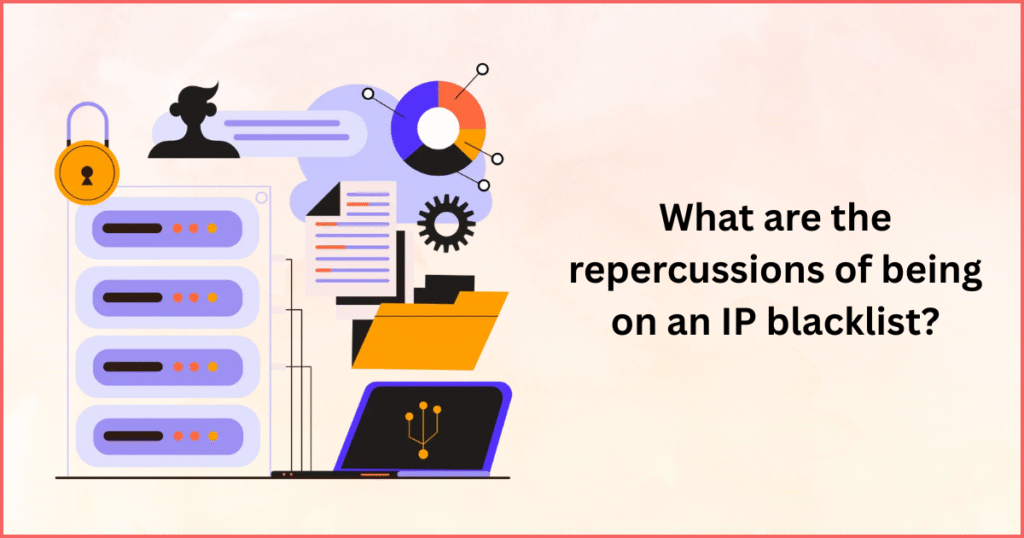6 Methods to Verify Your Email Sending Reputation
EmailIdea has always maintained that strong email reputation is crucial, also referred to as your sending reputation. This is determined by how mail providers assess their subscribers’ responses towards emails. Thus, if there are too many spam complaints generated from your email outreach attempts then it will affect negatively on your sending reputation resulting in future messages having difficulties accessing subscribers inboxes. To find out more about key tools, statistics and tips that can be used in tracking and gaining better understanding of sender’s reputation for emails read on. Why is sending reputation important? You may be used for sending a lot of emails with little thought, but you might wonder, “Why is sending reputation important?” Simply put, a sender’s email reputation determines whether or not their email will get sent to spam or whether it will reach the user’s inbox. On the other hand, when recipients interact with your emails, you build a good sending reputation; therefore, your future messages are likely to be delivered into their inboxes. According to the Data & Marketing Association’s 2020 Consumer Email Tracker Report, only 58% of individuals check their personal spam folder at least once per day compared to 95% who check general mailboxes on daily basis. This means that for organizations whose aim is maximizing email outreach efforts, sending reputation is key. What do you mean by check, email reputation? An email reputation checks involves assessing and keeping an eye on the reputation of your email domain and IP addresses from which you send emails. This email reputation is a significant factor that Internet Service Providers (ISP) and email services use to determine whether your emails should: – Be delivered to the recipient’s inbox – Land in the spam folder – Be blocked entirely This is very similar to a credit score for your email sending practices – this is what we call an email reputation (often referred to as sender reputation). Factors that contribute to it include: -Since large amounts of e-mail messages are sent quickly, this can harm a person’s reputation if it is not comparable to their regular way of sending messages. -Bounce rates: High proportions of messages failing to reach their final destination (bounced mails) may ruin your standing. -Complaint rates: The ratio at which people opt for junk during e-mailing process -Engagement: The usage patterns in reading or responding to emails such as opening rate, determining contact opportunities post-click-through or even deleting them without opening. -Blocklists: One or more mailing lists would indicate that you have most likely damaged yourself badly by losing all credibility as a sender. They are repositories held by different groups containing recognizable sites and IPs responsible for sending unsolicited messages. 6 tools to check your sending reputation Although there isn’t any unique sender score utilized by all mail providers in assessing your email’s reputation, there are some third-party or even mailbox-specific tools that could help you comprehend the ways in which the mail providers might categorize your emails. In these tools, different data sources as well as user opening performance and sending practices are employed to give a score of the sending reputation of this organization. However, as independent sources of truth, these scores normally do not reveal everything about this issue. Nevertheless, when combined with other indicators, they can really simplify the identification of any email reputational challenges obstructing your organization. Some of the tools that take you through how to check your domain reputation include: 1. Sender Score Validity’s Sender Score is a free email reputation measurement, similar to how a credit score reflects your credit history. Just as your Sender Score moves up on the range of 0 to 100, your sending reputation improves which in turn increases your email deliverability rate. This data is calculated using rolling 30 day average and indicates where exactly does an IP address rank among others. 2. Barracuda Central Through Barracuda Reputation System -real time database consisting of IP’s with either “bad” or “good”, Barracuda Networks offers both IP and domain reputation lookups. With this tool you can use it to check if they need to be treated as fake messages by testing these from your domain’s IP score. 3. URL ticketing system for customers with McAfee McAfee provides such services like email and internet reputation on domain issues by various Smart Filters networks or Web Washer URL Filter Database. Through products purchased, you can search the domain history, its associations, domain name system and mail server too. 4. Postmaster tools Gmail Postmaster Tools from Google are intended for senders who need to handle huge quantities of email sent to user Gmail accounts. With this information, your company gets informed about IP address and domain reputation as well as their feedback loops and any specified problems in delivery. 5. Microsoft SNDS Smart Network Data Services (SDNS) are Microsoft’s answer to Google’s Postmaster Tools. This service provides insights into factors such as your rate of spam complaints, your IP sending reputation, and the number of deliveries made to Microsoft spam traps—emails that enable identification of non-compliant senders. These tools enable you to simply obtain a daily review of your message reputation as viewed by prominent providers, a factor that could be crucial. After all, it can be confidently asserted that any warning signals issued by the biggest service providers are disseminated among numerous others. 6. MxToolbox MXToolbox is a specialist in nurturing a specific tool checking if any domain or IP address is listed on some email blocklists. As it pertains to your sender reputation, a blocklist can dramatically change the way you deliver emails. Be aware of blocklists that your domain/IP exists on. A domain being listed does not always influence all the emails sent from it, but only those sent to people who email providers filter their incoming messages using that specific blacklist. Each blacklist has its own procedure for removal requests, usually requiring proof that listing reasons have been remedied such as: compromised server securing, better mailing practices. Depending





